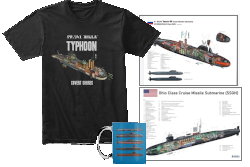![]()

![]()


Original artwork - CLICK for HIGH-RESOLUTION
SIERRA-I Class Submarine
 UPDATED: It takes a certain confidence to name a submarine after the Barracuda. It has to be fast and it has to have a bite. Built towards the end of the Cold War when the Soviets had finally started producing truly quiet submarines, the Project 945 SIERRA-I Class were amongst the most potent in the modern Russian fleet. It was the first Russian sub to carry 40 torpedoes, more than double the load of the proceeding VICTOR-III Class. The torpedoes were a mix of standard 533mm (21”) heavyweight torpedoes and the massive 650mm (26”) Type 65-76 anti-carrier torpedoes. The torpedo tubes were arranged with four at 533mm and four at 650mm.
UPDATED: It takes a certain confidence to name a submarine after the Barracuda. It has to be fast and it has to have a bite. Built towards the end of the Cold War when the Soviets had finally started producing truly quiet submarines, the Project 945 SIERRA-I Class were amongst the most potent in the modern Russian fleet. It was the first Russian sub to carry 40 torpedoes, more than double the load of the proceeding VICTOR-III Class. The torpedoes were a mix of standard 533mm (21”) heavyweight torpedoes and the massive 650mm (26”) Type 65-76 anti-carrier torpedoes. The torpedo tubes were arranged with four at 533mm and four at 650mm.

Original artwork - CLICK for HIGH-RESOLUTION image.
Being a rare breed, the type is often overshadowed by the more numerous Project 971 AKULA Class. Designed around the same time but by rival design bureaus, the SIERRA-I was the deluxe Titanium hulled model, while the AKULA was the cheaper steel boat.
Only the Russians invested in productionizing Titanium hulled submarines. Titanium hulls are much stronger for a given thickness of metal, allowing for either lighter submarines (thus faster like the ALFA and PAPA Classes) or deeper diving boats like the MIKE Class. It is also most resistant to corrosion and has better properties for diving. But it is more expensive and much harder to work with.
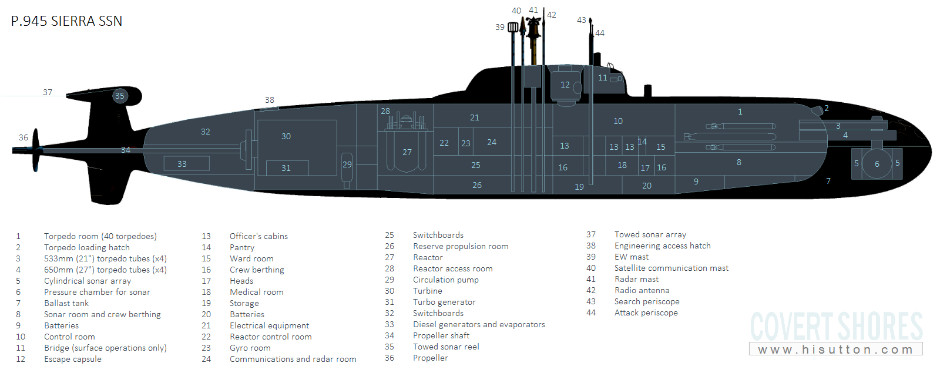
Original artwork - CLICK for HIGH-RESOLUTION (1600px) image.
Learn EVERYTHING about Special Forces subs Covert Shores 2nd Edition. A world history of naval Special Forces, their missions and their specialist vehicles. SEALs, SBS, COMSUBIN, Sh-13, Spetsnaz, Kampfschwimmers, Commando Hubert, 4RR and many more.
Check it out on Amazon
During the last years of the Cold War SIERRA-Is played cat and mouse with NATO attack submarines. Although Western boats enjoyed many advantages, the years of easy trailing of Soviet boats were largely over. The SIERRA-Is were broadly comparable to some NATO types.
Comparison with the AKULA
The SIERRA employed the Titanium hull in a way intended to be both faster and deeper diving. But consequently neither as fast as the ALFA (40 kt+) nor as deep diving as the MIKE (1,000m+). And the end result was a boat with only a marginal performance advantage over the steel hulled AKULA, if any.
In hindsight the SIERRA class was not as successful as the AKULA, and offered less potential. The titanium hull was extremely difficult to build and all boats had to be constructed at a single yard. And the yard itself restricted the maximum dimensions of the submarine. This meant it had to be much smaller than the AKULA in terms of internal space. This translated into a less stealthy boat, although the SIERRA was still very stealthy compared to previous generations.
The limited size also restricted the sonar to the old MGK-500 SKAT off the VICTOR-III. The AKULA meanwhile carried the latest MGK-540 SKAT array. The follow-on Project 945A SIERRA-II carried the MGK-540 SKAT bow array but could not fit in the large lateral arrays fitted to the AKULA. But the larger array came at the expense of the 650mm torpedo tubes. The SIERRA-II thus had just six 533mm tubes.


With the end of the Cold War Just four boats were built, two SIERRA-I and two SIERRA-II.
SIERRA-I 'Kills' a US Navy Los Angeles Class attack submarine
The game of cat and mouse did not end with the collapse of the Soviet Union however. Just months after the end of the Cold War, at 20:16 local time on 11 February 1992, a Los Angeles Class attack submarine USS Baton Rouge collided with K-276 ‘Kostroma’, a Russian SIERRA-I Class boat off Kildin Island . Both subs sustained moderate damage with the Baton Rouge suffering gashes in her bow, and Kostroma a dented sail. The Russian boat was repaired and back in service within months (and still is) while the older USN boat also continued in service for a couple of years before retirement.
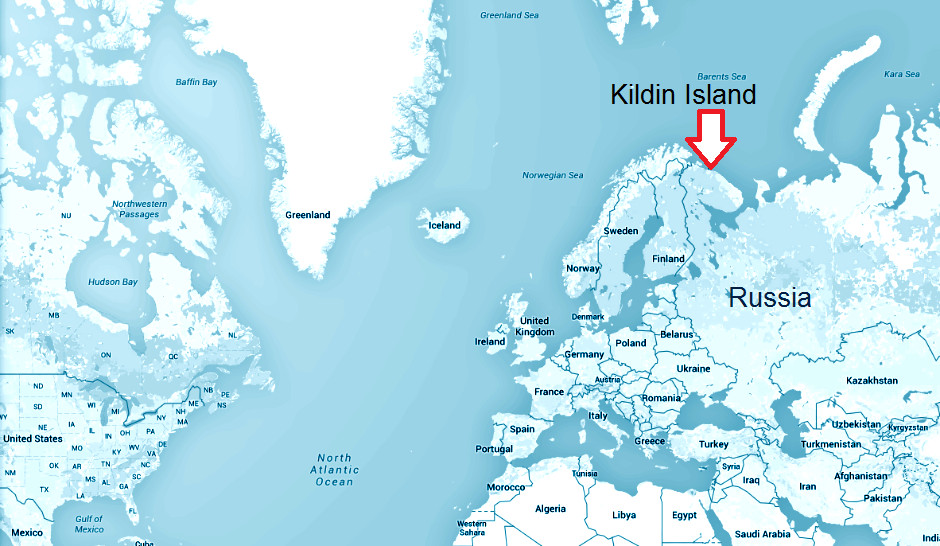
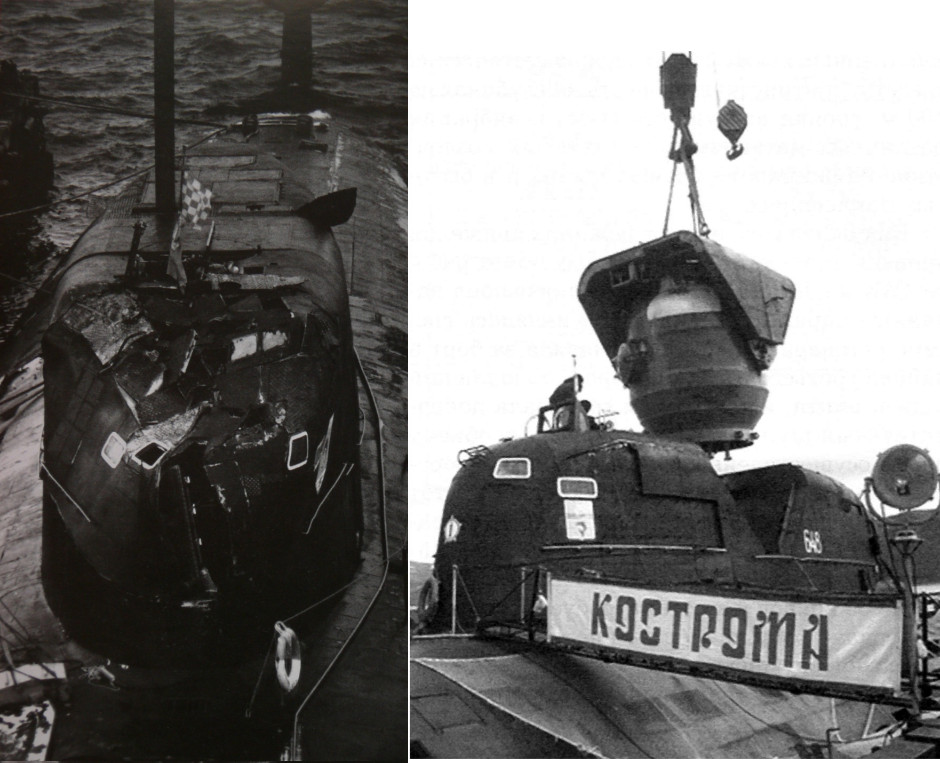
Kostroma (above) now sports a "1" kill mark on the sail. The item being removed from the sail is the escape pods which allows the crew to escape if the boat sinks. The later SIERRA-II boats had a longer sail with two escape pods.
Get The essential guide to World Submarines
This Covert Shores Recognition Guide Covers over 80 classes of submarines including all types currently in service with World Navies.Check it out on Amazon
The SIERRA-I boats have also sported impressive teeth at various times:
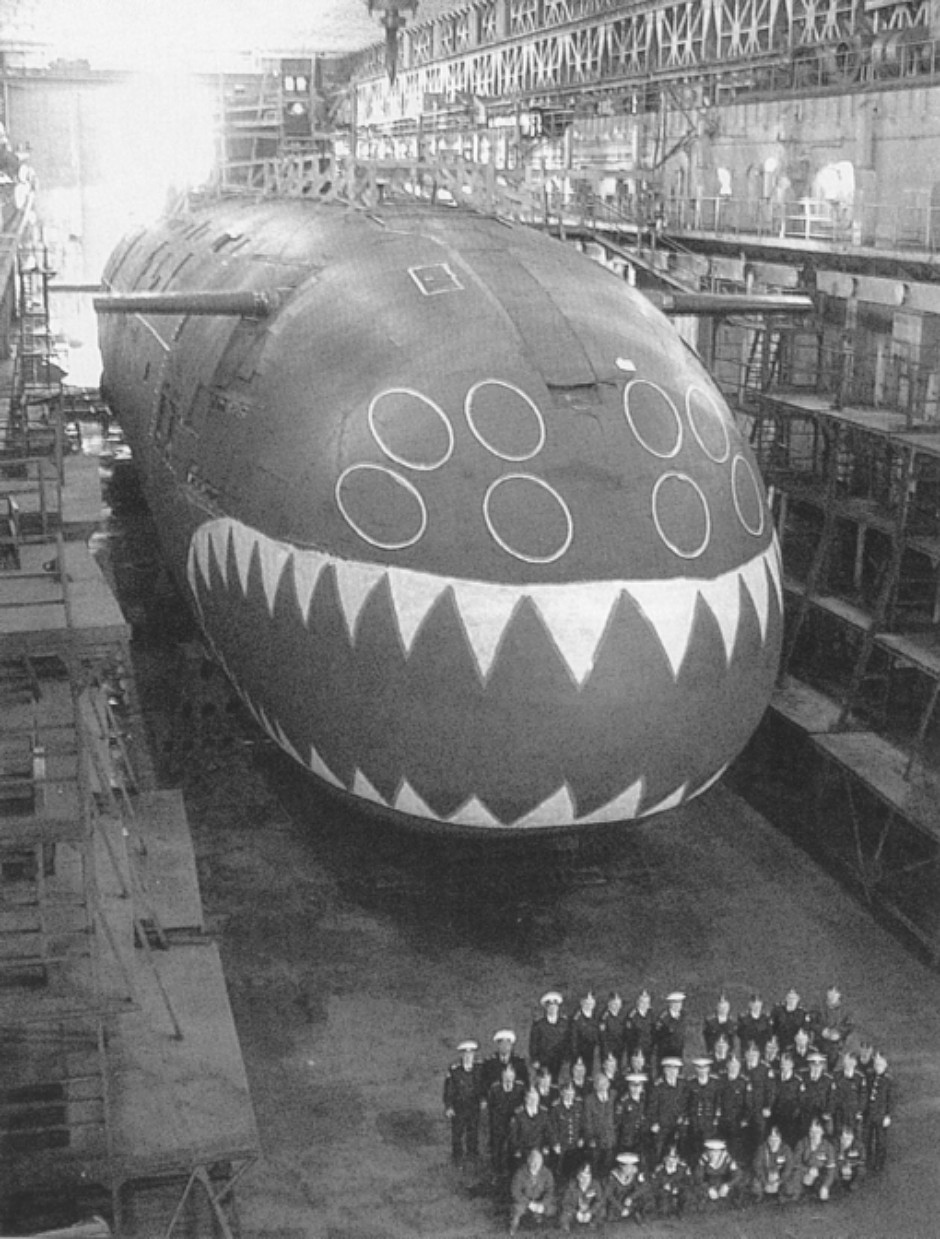
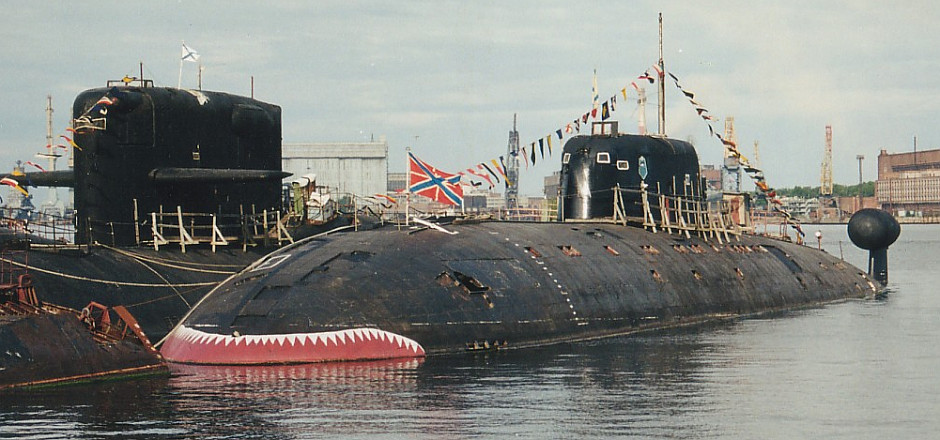
The two SIERRA-I units have recently left service despite planned upgrades, while both SIERRA-II units remain in active duty.
Specifications



Design
The sail of the SIERRA-I was squat with hydrodynamic rounded lines:
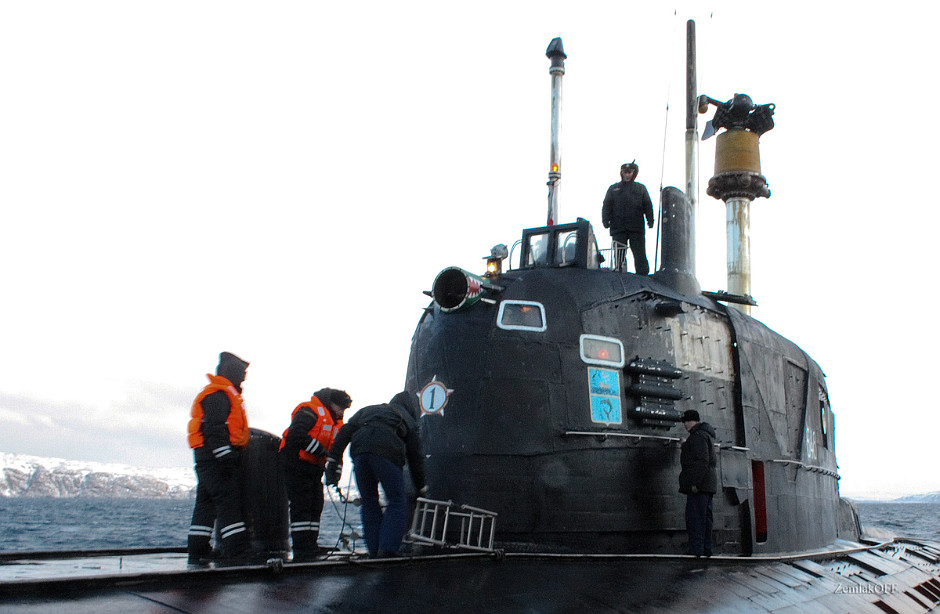
The bow planes were completely retractable with streamlined covers when not deployed. Similarly the flood holes along the outer hull had covers which folded out when the boat was submerged, thus improving flow and reducing the sonar signature. The boat was also covered in thick rubber tiles to absorb sonar, but many of these came off their mounts and were rarely replaced leaving a pock-marked finish:
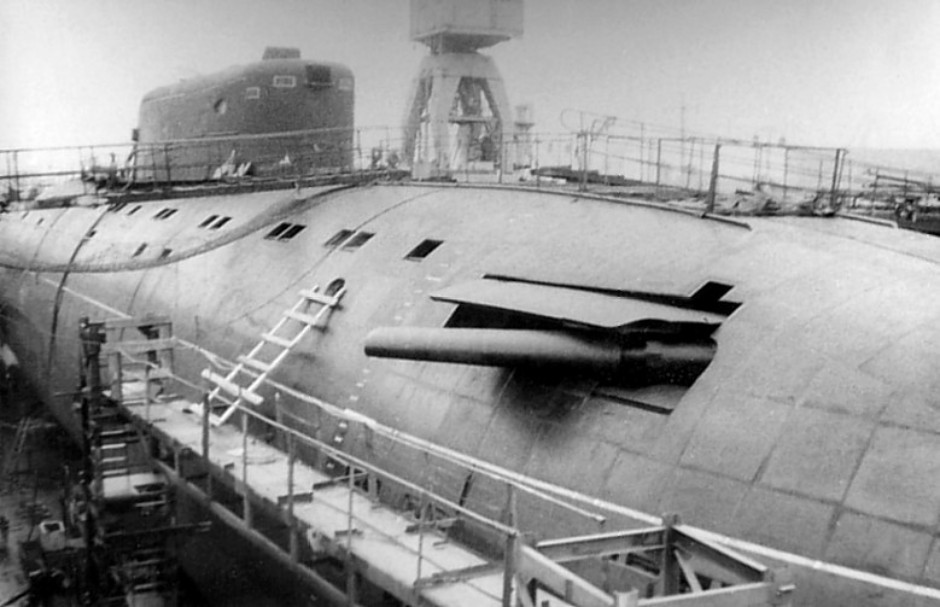
Like the AKULA and other third generation Soviet submarines the SIERRAs carried a communications buoy, like a small kite towed above and behind the submarine, to enable communications without bringing the boat near to the surface.
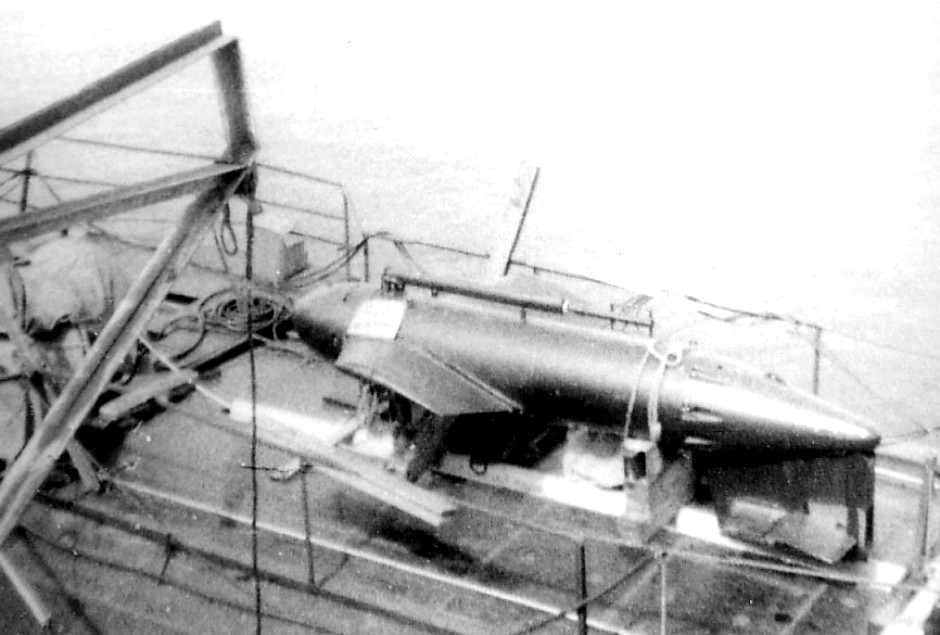
The tube-like structure just in front of the cooling scoop is most like for recessed axillary thrusters, instead of mounting them in the rear hydroplanes or as pop-out units.

The prop was also constructed out of titanium in order to avoid corrosion caused by dissimilar metals. The six-blade screw originally fitted was not screwback or double-stacked like most Russian props at the time, possibly pointing to complexities of manufacturer and/or machinery available for working with Titanium props.
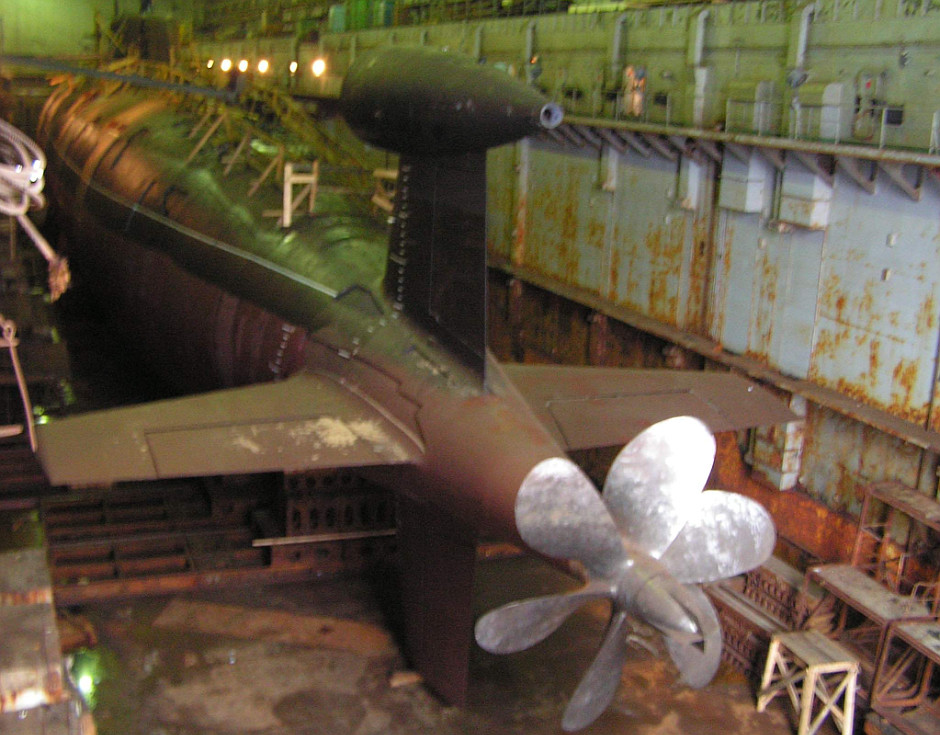
Covert Shores Posters, T-shirts, Mugs
and more featuring exclusive Covert Shores original artworks and design...Available on TeeSpring
This may help cover the overheads of the website
Related articles (Full index of popular Covert Shores articles)

 SIERRA-II Class SSN
SIERRA-II Class SSN

 Sturgeon Class SSN
Sturgeon Class SSN

 HUSKY Class future attack submarine
HUSKY Class future attack submarine

 USS Parche spy sub par-excellence
USS Parche spy sub par-excellence

 BS-64 Podmoskovye Special Mission (spy) Host Submarine
BS-64 Podmoskovye Special Mission (spy) Host Submarine

 Project 09852 Belgorod Special Mission submarine (spy sub)
Project 09852 Belgorod Special Mission submarine (spy sub)

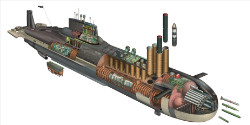 Russian Typhoon Class SSBN
Russian Typhoon Class SSBN

 P.09851 KHABAROVSK and KANYON (Status-6)
P.09851 KHABAROVSK and KANYON (Status-6)

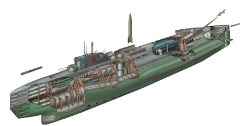 Stalin's Super Sub, Project P-2
Stalin's Super Sub, Project P-2

 Russian Losharik spy sub
Russian Losharik spy sub

 Project 1910 UNIFORM Class deep diving spy sub
Project 1910 UNIFORM Class deep diving spy sub

 USS Halibut
USS Halibut

 USS Seawolf (SSN-575)
USS Seawolf (SSN-575)

 Russian X-RAY Class spy sub
Russian X-RAY Class spy sub

 Russian Sarov experimental sub
Russian Sarov experimental sub

 Yantar spy ship loitering over undersea cables
Yantar spy ship loitering over undersea cables
 Russia seeks submarine advantage in Arctic (SHELF system, GUGI special mission subs)
Russia seeks submarine advantage in Arctic (SHELF system, GUGI special mission subs)




